Owning a long-haired cat is a delight! Their silky, flowing fur makes them look regal and charming. However, this luxurious fur comes with responsibilities. Proper grooming ensures not only their beauty but also their overall health and happiness. These Cat Grooming Tips are essential for maintaining the health and appearance of Long-Haired Cats.
Ideally, you should brush your long-haired cat three to four times a week to prevent tangles and shedding.
Start slow and make grooming sessions short and positive. Use treats to reward good behavior and consider consulting a professional groomer if needed.
No, human shampoo can irritate your cat’s skin. Always use a shampoo specifically formulated for cats.
Use a detangling spray and a slicker brush. For severe mats, seek help from a professional groomer to avoid injuring your cat.
Table of Contents
ToggleWhy Grooming Is Crucial for Long-Haired Cats
Long-haired cats are prone to issues like matting, tangles, and excessive shedding. These problems can lead to discomfort, skin infections, and even stress. Grooming keeps their coat clean, prevents health complications, and strengthens the bond between you and your furry friend. Regular grooming routines for Long-Haired Cats are non-negotiable to ensure their happiness and health.
Tools You Need for Grooming Long-Haired Cats
Slicker Brush:
Perfect for removing tangles and mats.
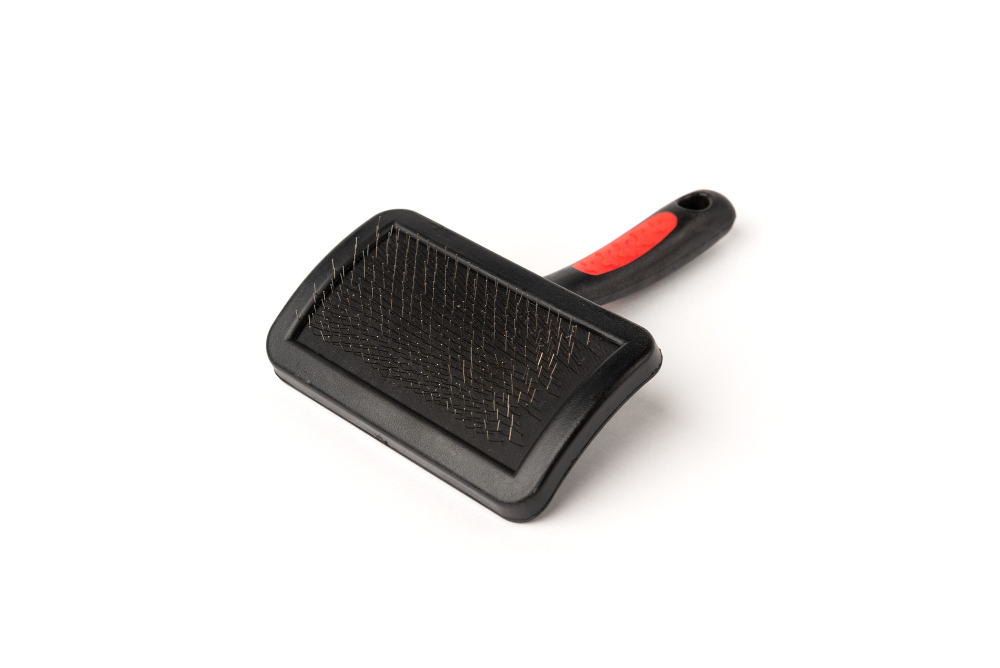
Wide-Tooth Comb:
Great for gently detangling knots.
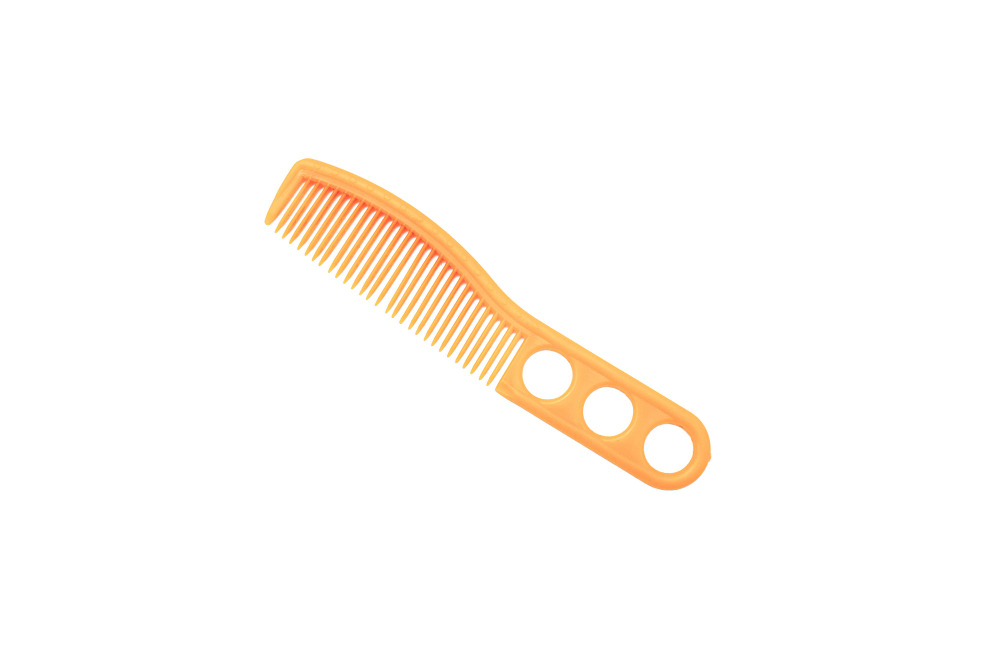
Nail Clippers:
Keeps claws at a manageable length.
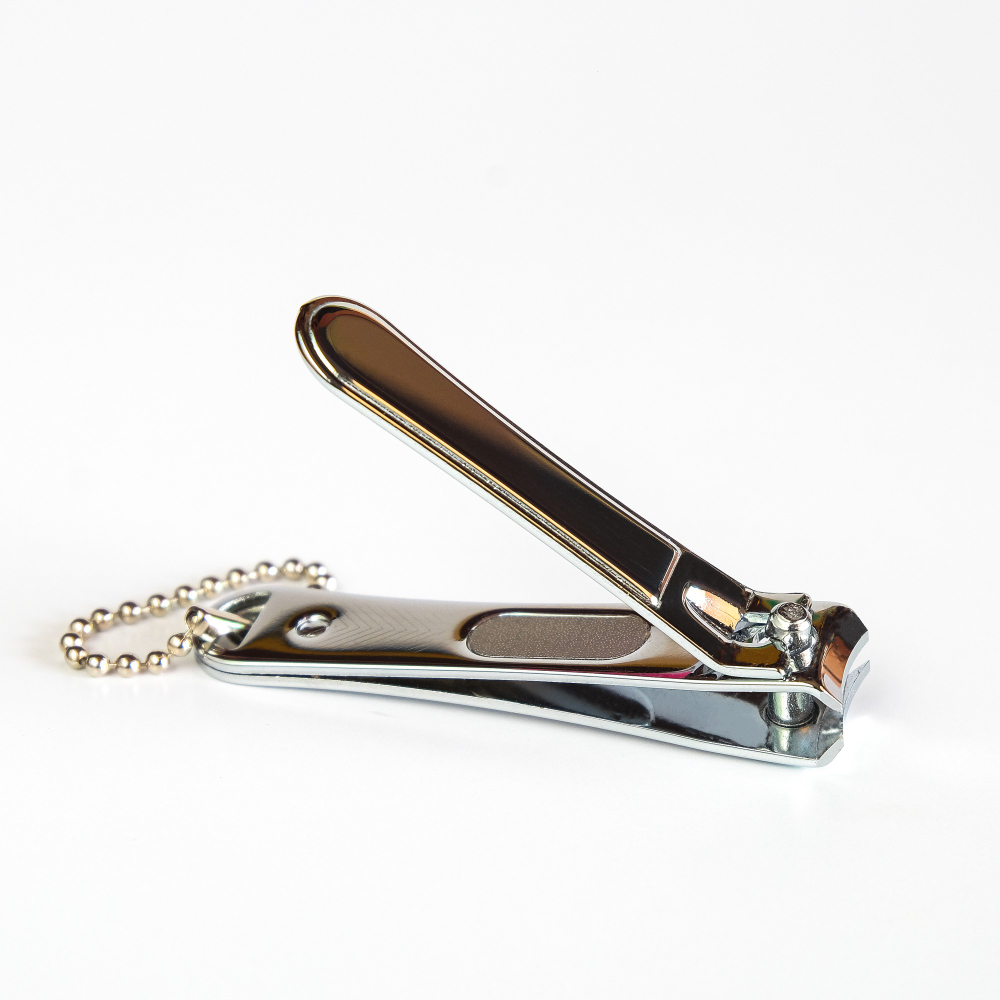
Detangling Spray:
Helps loosen stubborn mats.

Shampoo and Conditioner:
Specifically formulated for cats.
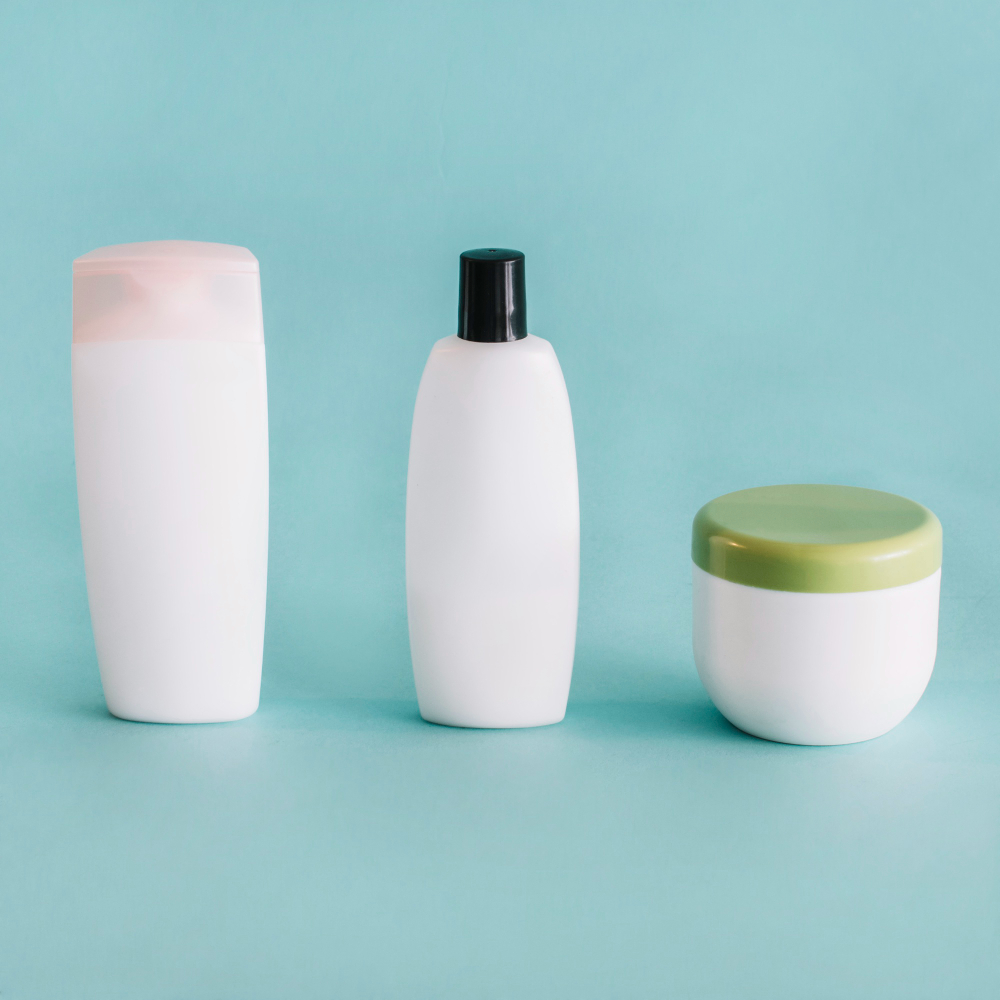
Lint Roller:
For post-grooming cleanup.
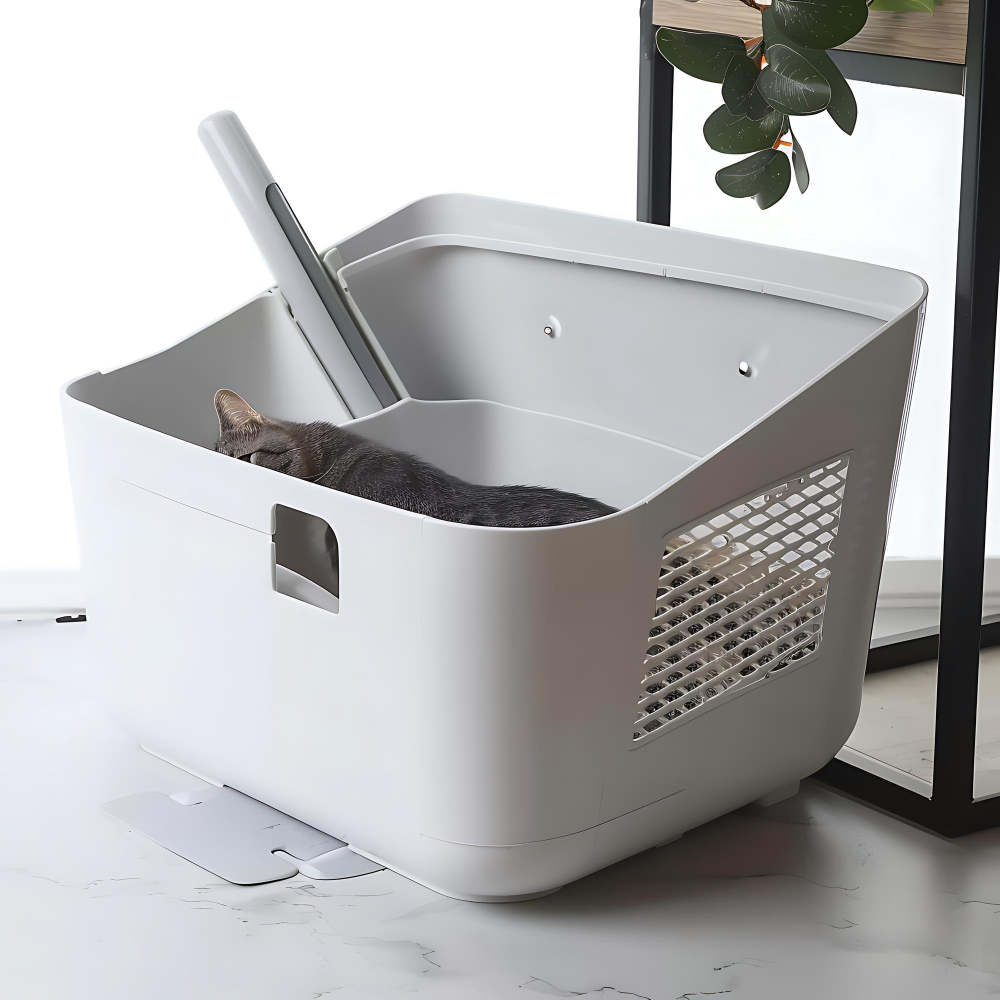
Step-By-Step Cat Grooming Tips for Long-Haired Cats
1. Brush Regularly
Brushing is the cornerstone of grooming for long-haired cats. Aim to brush them at least three to four times a week. This helps prevent tangles and mats while reducing shedding. Always brush gently to avoid hurting your cat’s sensitive skin.
2. Check for Mats
Even with regular brushing, mats can still form. Use a slicker brush or your fingers to locate and gently work out mats. For stubborn mats, use a detangling spray or consult a professional groomer.
3. Bathe Occasionally
While cats are known for their self-grooming, long-haired breeds may benefit from occasional baths. Use a cat-specific shampoo and ensure you rinse thoroughly to avoid residue buildup. Dry their fur completely to prevent chills or matting.
4. Trim Their Nails
Long-haired cats may accidentally get their claws tangled in their fur. Regular nail trims prevent this and protect your furniture from scratching.
5. Inspect Ears and Eyes
Long-haired breeds like Persians and Himalayans are prone to tear stains and earwax buildup. Use a damp cotton pad to clean their eyes and ears gently. Avoid inserting anything into their ear canal.
6. Manage Shedding
Shedding is natural for long-haired cats. Regular grooming combined with a healthy diet rich in omega-3 fatty acids can minimize excessive shedding and keep their coat shiny.
7. Hydration and Nutrition
A well-balanced diet is vital for a healthy coat. Ensure your cat drinks plenty of water and eats high-quality cat food tailored to their needs.
8. Schedule Professional Grooming
If grooming at home becomes overwhelming, consider taking your cat to a professional groomer. They have the expertise to handle complex grooming tasks like haircuts or severe mat removal.
Grooming Tips for Specific Long-Haired Breeds
Persian Cats:
Persian cats daily brushing due to their dense coat and susceptibility to mats.
Maine Coons:
Maine coons fur is less prone to matting but still benefits from regular brushing.
Ragdolls:
Ragdolls Known for their silky, non-matting fur, weekly brushing is usually sufficient.
Common Mistakes to Avoid
Skipping Regular Grooming:
Neglecting regular grooming can lead to painful mats and skin issues.
Using Human Products:
Always use cat-specific grooming products to avoid irritation.
Being Too Rough:
Cats have sensitive skin, so be gentle during brushing and bathing.
Ignoring Health Signs:
Grooming sessions are a great time to check for lumps, wounds, or fleas.
Conclusion
Grooming your long-haired cat doesn’t have to be a daunting task. With the right tools, techniques, and a little patience, you can keep your furry friend looking their best while ensuring their health and comfort. These Cat Grooming Tips for Long-Haired Cats will help you build a routine that both you and your cat will enjoy. Happy grooming.

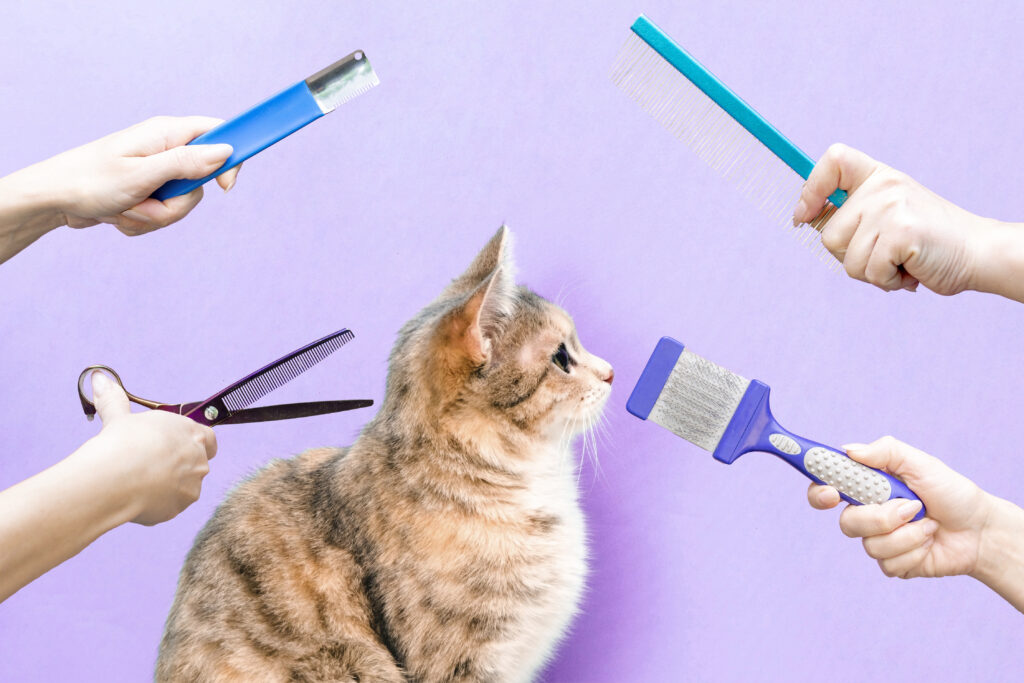
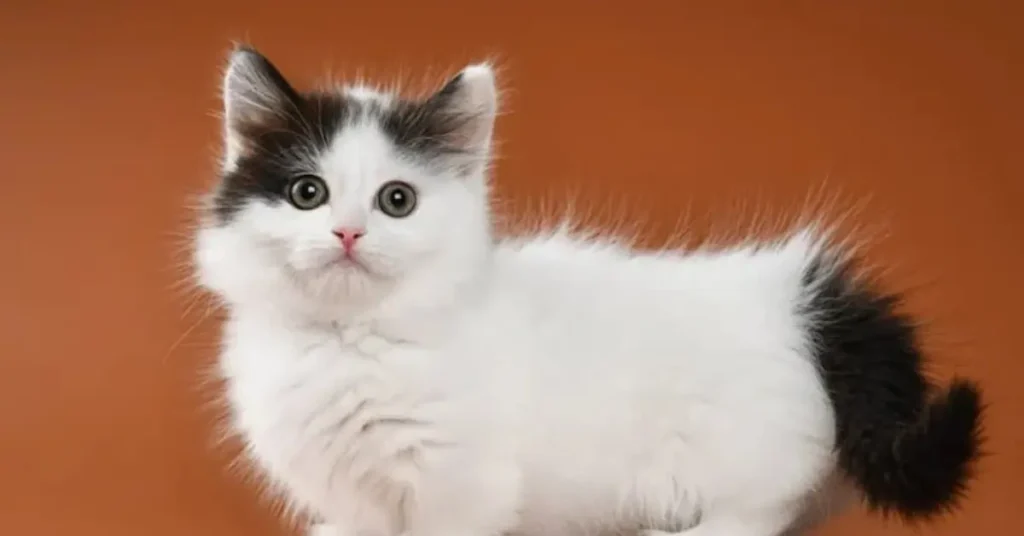

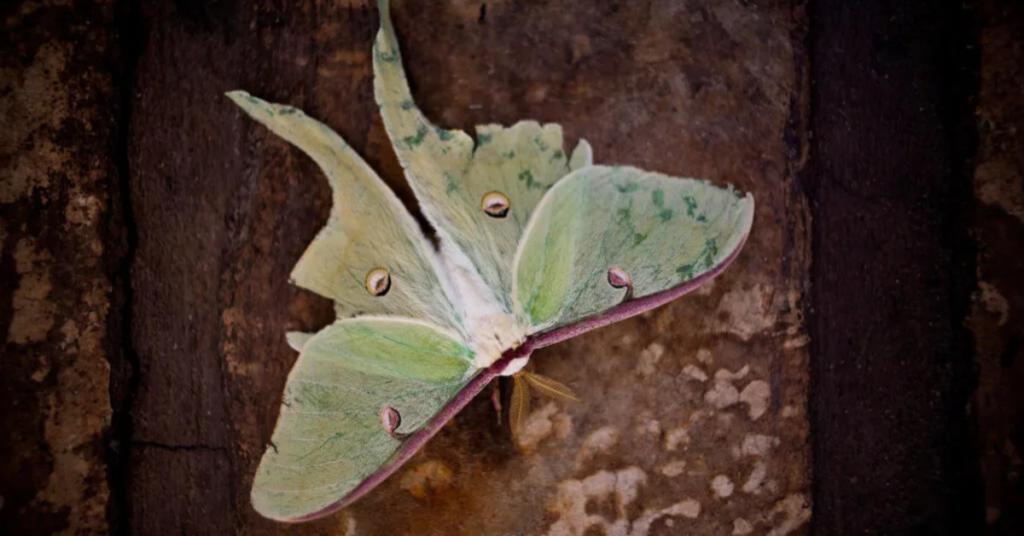

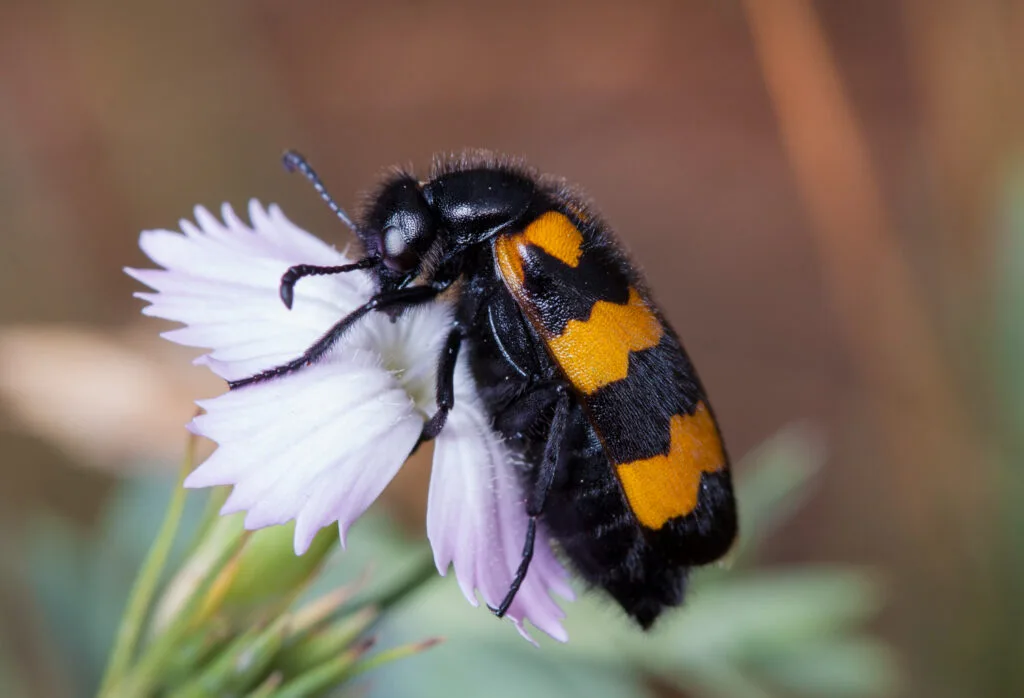
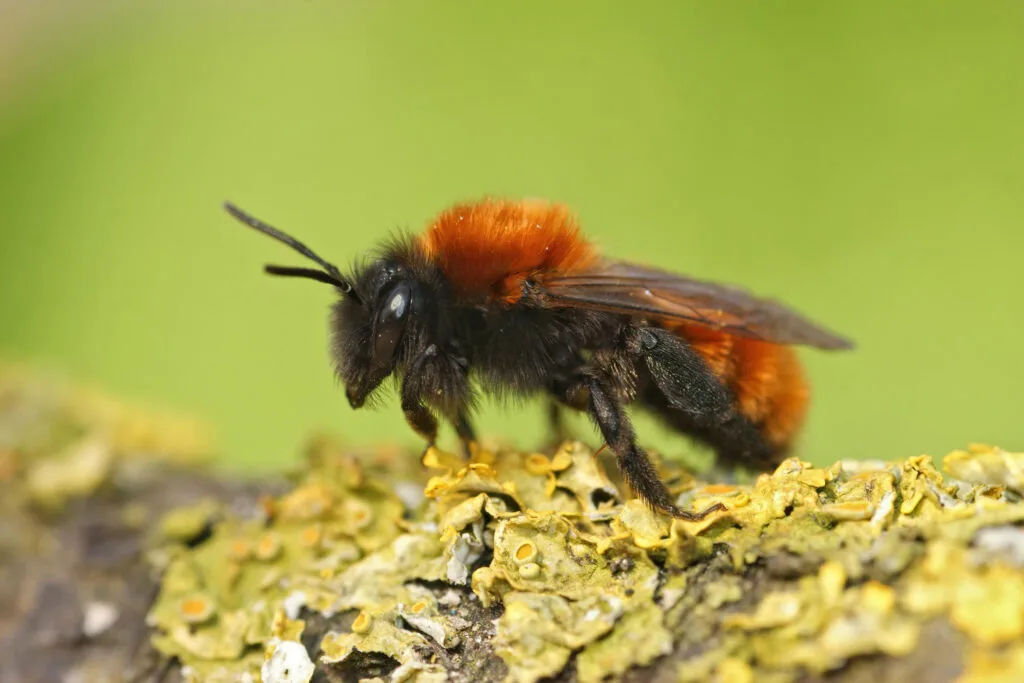
Pingback: Ragdoll Cat Care: Grooming, Health & Maintenance Guide